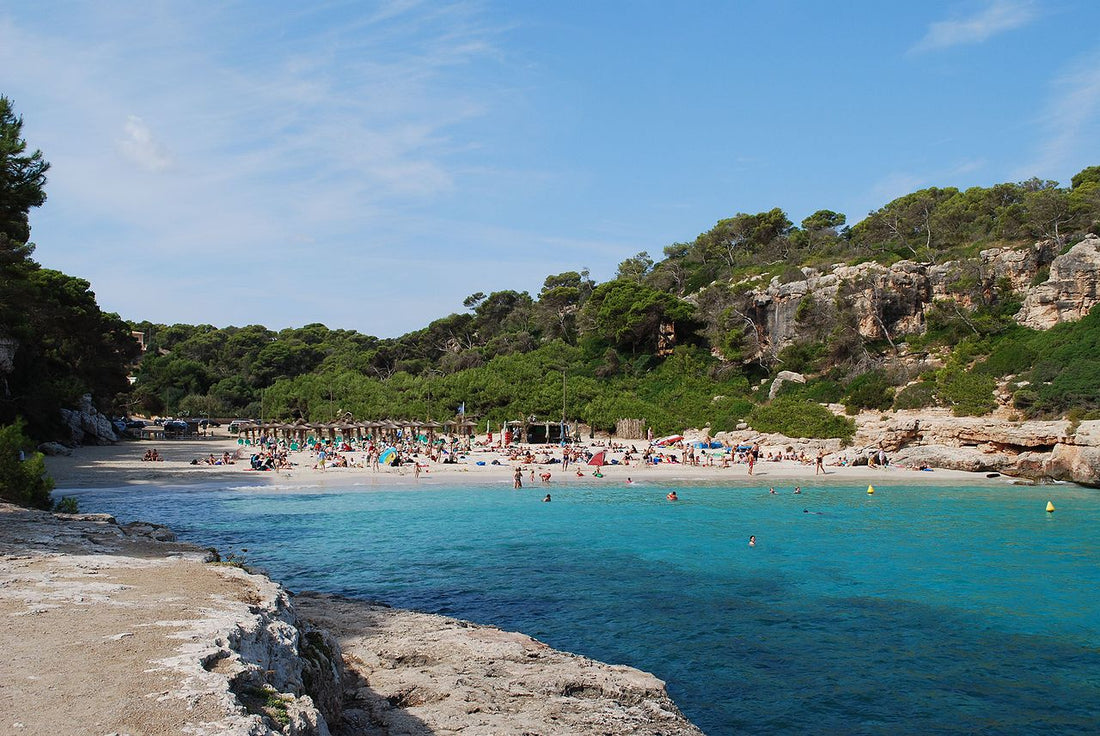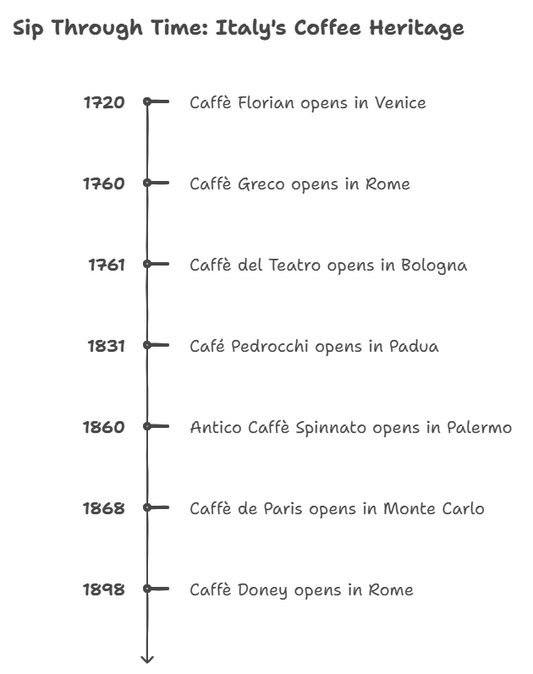There are endless beaches around the world, and each one offers something unique. The beaches of Italy and Spain are among some of the most popular with tourists from all corners of the globe. Whether you’re looking for a place to relax, soak up some sun or experience some culture, Italy and Spain certainly have plenty to offer. So which coastal destination should you choose?
- In Italy, some of the best beaches can be found along the Amalfi Coast, the Sardinian coast, and the beaches of Sicily. These beaches are known for their crystal-clear waters, picturesque landscapes, and vibrant local cultures. Popular activities on these beaches include sunbathing, swimming, snorkeling, and exploring the nearby towns and villages.
- In Spain, some of the most beautiful beaches are located in the Costa del Sol, the Balearic Islands, and the beaches of Barcelona. These beaches are known for their golden sand, lively atmosphere, and wide range of water sports and beach activities. From quiet, serene coves to lively party beaches, there is something for everyone in Spain.
Here's an overview of what each country has to offer in terms of beach vacations:
Beach Selection
Italy boasts more than 4,700 miles of coastline with both rocky and sandy shores. It also enjoys a range of activities like snorkeling and cliff diving. For those wanting to stay put at the beach all day long, Italy is a great option because there are so many establishments along its coasts offering food and drinks.
-
The Amalfi Coast is considered one of the most picturesque stretches of coastline in the world, with its lush vegetation, colorful homes, and dramatic cliffs overlooking crystal-clear waters.
-
The beaches of Sardinia are famous for their clear turquoise waters, fine sand, and unspoiled landscapes. Sardinia is also known for its natural parks, ancient ruins, and vibrant local culture.
-
The Aeolian Islands, located off the coast of Sicily, are a group of volcanic islands known for their stunning black sand beaches, crystal-clear waters, and unique geological formations.
-
The beaches of Rimini and Riccione on the Adriatic coast are popular among Italian and foreign tourists for their wide sandy beaches, lively atmosphere, and water sports.
-
The Calabrian coastline, located in the southern part of Italy, is known for its rugged cliffs, secluded beaches, and abundant wildlife. The region is also famous for its gastronomy, culture, and outdoor activities.
Spain on the other hand has more than 5,000 miles of coastline that is enriched with stretches of sand dunes leading from its private beaches to public establishments. With paddleboarding, sailing, and yachting offered off its best bays like La Playa La Concha Beach in San Sebastian, Spain is ideal for water sports enthusiasts looking for top-notch action.
-
The Costa del Sol, located in the south of Spain, is known for its long stretches of golden sand beaches, clear waters, and vibrant nightlife.
-
The beaches of the Balearic Islands, such as Ibiza and Mallorca, are famous for their crystal-clear waters, soft sand, and lively party atmosphere.
-
The beaches of Barcelona, located along the Catalan coast, are known for their urban vibe, lively atmosphere, and unique architecture, including the iconic works of Antoni Gaudi.
-
The beaches of Galicia, located in the northwest of Spain, are known for their rugged beauty, clear waters, and lush green landscapes.
-
The beaches of the Basque Country, located in the north of Spain, are known for their secluded coves, dramatic cliffs, and unique local culture and cuisine.
Crowds
Beaches near major cities such as Rome, Milan, or Barcelona tend to be tourist hotspots that can get pretty crowded during peak season (late June – early September). However, if you travel off the beaten path, or look for obscure hidden coves like Santa Teresita Beach on an unspoiled small island in Sicily there’s always a chance you can find less crowded spots no matter how popular your destination might get.
Have you ever noticed that the Italian and Spanish languages have many similarities? In this article, we will explore the common roots between Italian and Spanish languages and discuss why they are so similar despite being spoken in different countries with different cultures.
Climate
Temperatures in both countries usually average between 15°C (59°F) to 30°C (86°F), however, they can still differ according to location depending on climatic conditions like wind coming off the sea in certain parts of southern Europe making it chillier than regions further east where temperatures tend to exceed 30°C (86°F).
Accommodations
Beach accommodation in Italy tends to be more expensive due to the higher demand associated with its popularity however if you take your time and look into rentals rather than hotels or resort packages you may be able to score yourself a good deal that will fit within your budget, especially if traveling solo or as a couple.
On the other hand, Spain's lodging sites present greater variety when shopping around. You can find anything from apartments with full kitchenettes, lobbies equipped with tables/chairs, and local shops selling snacks/refreshments just steps away from centrally located beaches. Cost wise lodging tends to be cheaper here overall although finding very affordable options close by prime spots won’t be easy if traveling during peak summer times.
Are you an enthusiast of European cuisine? Whether you’re considering trying French or Italian food cultures or simply curious about the differences between these Italian and French cuisines, this article will give you a detailed overview.




